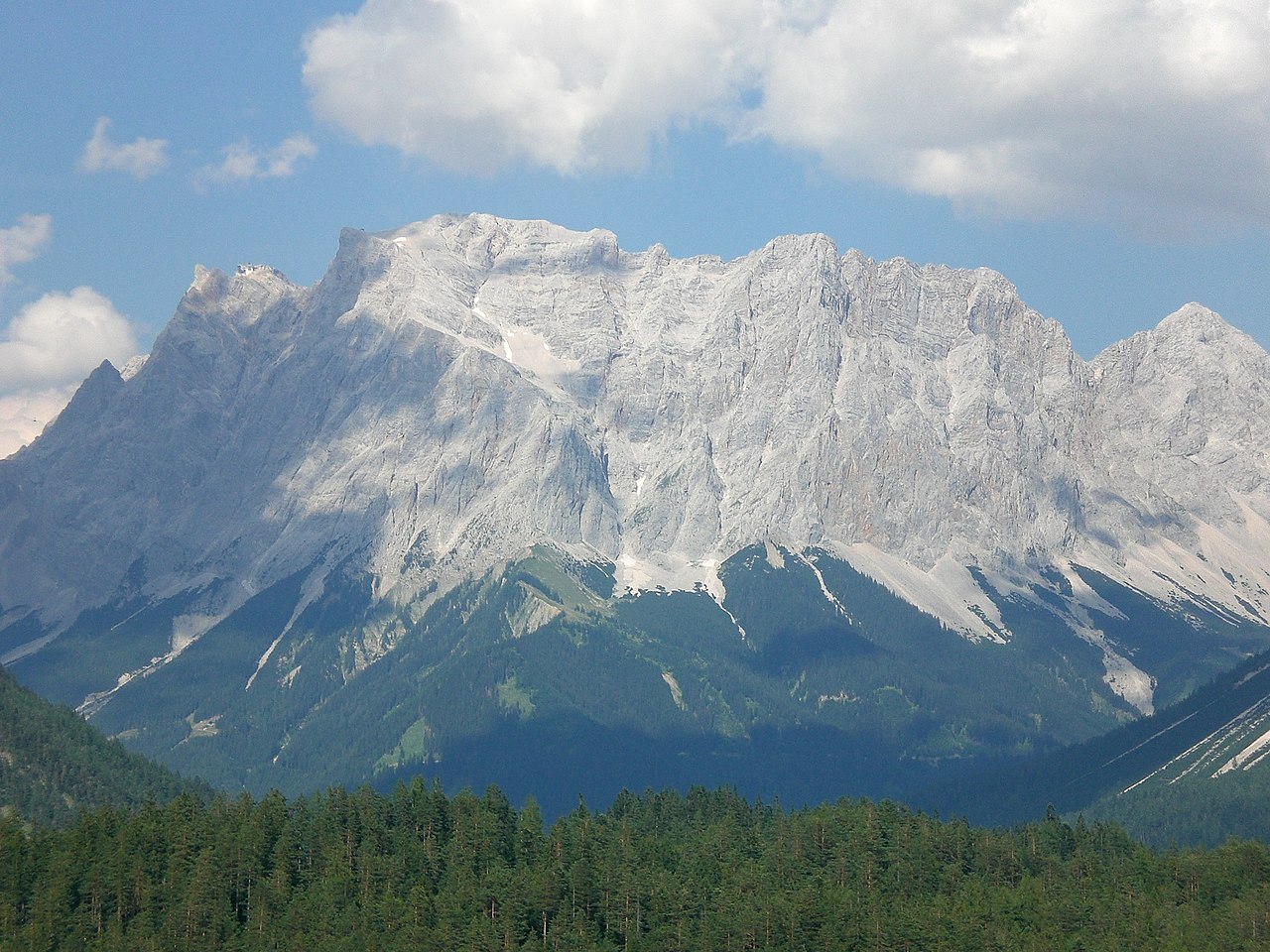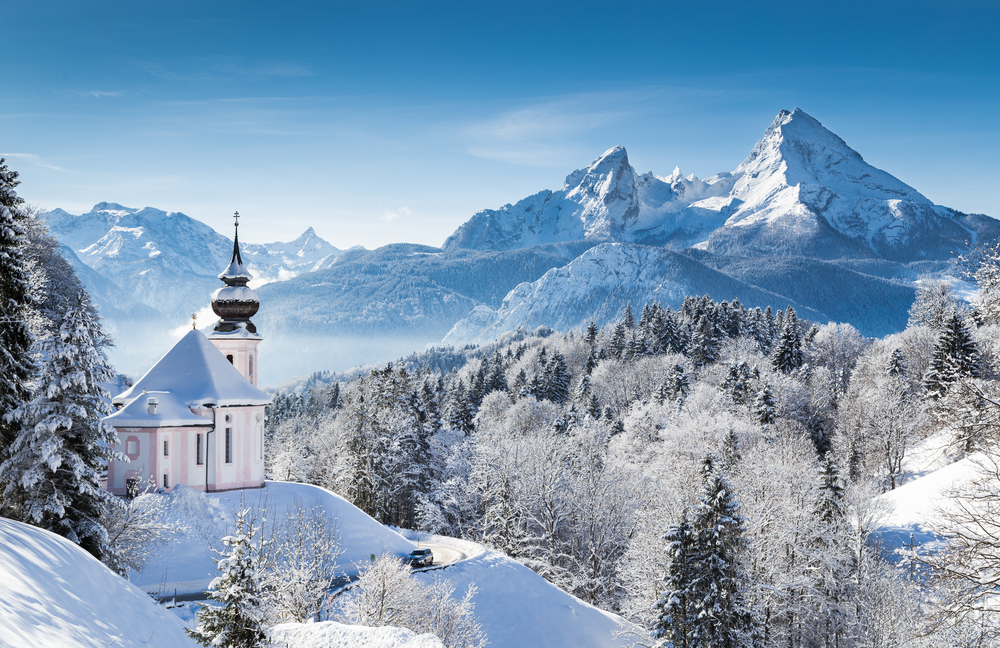Geography: Mountains
Germany is known for its diverse landscapes, and is home to several significant mountain ranges that have played an important role in shaping the nation's culture, history, and identity. Among these peaks, some offer crucial water sources, home to the headwaters of numerous rivers and tributaries that sustain downstream communities and agriculture and contribute to the livelihoods of many Germans. Historically, these mountains have held strategic importance, often functioning as natural fortresses that provided advantages and protection to civilizations and kingdoms striving for control over the region. Mountain ranges have influenced trade routes and patterns of human migration, also serving as symbols of strength, endurance, and resilience in German folklore, literature, and art.
The table below presents information about Germany's most prominent mountains.
|
Highest Peaks |
Elevation |
Mountain Range |
Type of Range |
|
Zugspitze |
2,962 m (9,718 ft) |
Wetterstein mountains, Eastern Alps |
Fold |
|
Schneefernerkopf |
2,875 m (9,432 ft) |
Wetterstein mountains, Eastern Alps |
Fold |
|
Wetterspitze |
2,750 m (9,020 ft) |
Wetterstein mountains, Eastern Alps |
Fold |
|
Hochwanner |
2,744 m (9,003 ft) |
Wetterstein mountains, Eastern Alps |
Fold |
|
Hollentalspitze |
2,743 m (8,999 ft) |
Wetterstein mountains, Eastern Alps |
Fold |
|
Watzmann |
2,713 m (8,901 ft) |
Berchtesgaden, Eastern Alps |
Fold |
|
Hochblassen |
2,706 m (8,878 ft) |
Wetterstein mountains, Eastern Alps |
Fold |
|
Wetterwandeck |
2,698 m (8,852 ft) |
Wetterstein mountains, Eastern Alps |
Fold |
|
Leutascher Dreitorspitze |
2,682 m (8,799 ft) |
Wetterstein mountains, Eastern Alps |
Fold |
|
Plattspitze |
2,680 m (8,790 ft) |
Wetterstein mountains, Eastern Alps |
Fold |
Copyright © 1993—2025 World Trade Press. All rights reserved.

 Germany
Germany 
